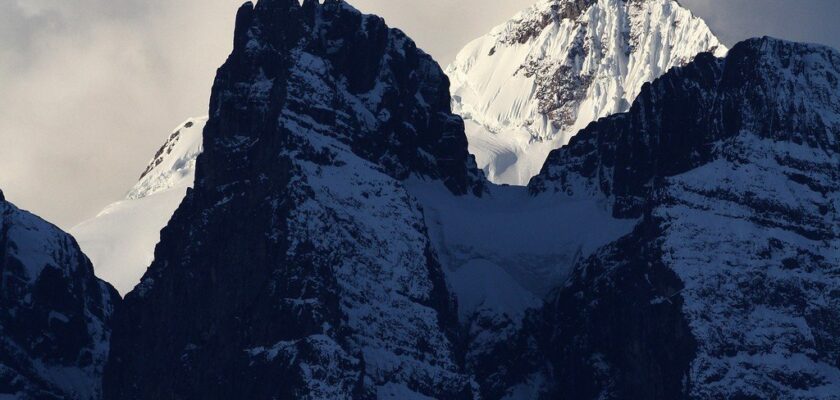Andes Mountains
This attraction is related to the countries:ChileChile , VenezuelaColombiaEcuador, PeruBolivia.ArgentinaThe Andes are the longest and one of the highest mountain systems on Earth, fringing all of South America from north and west; the southern part of the Cordilleras. In places, the Andes reach a width of over 500 km. The average altitude is about 4,000 m.
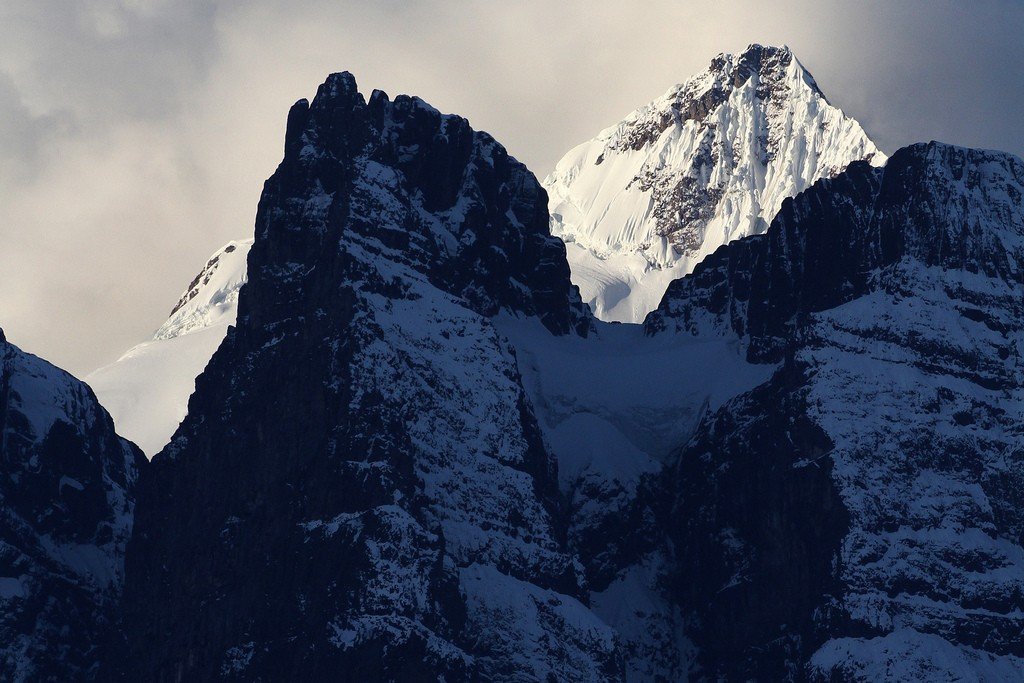
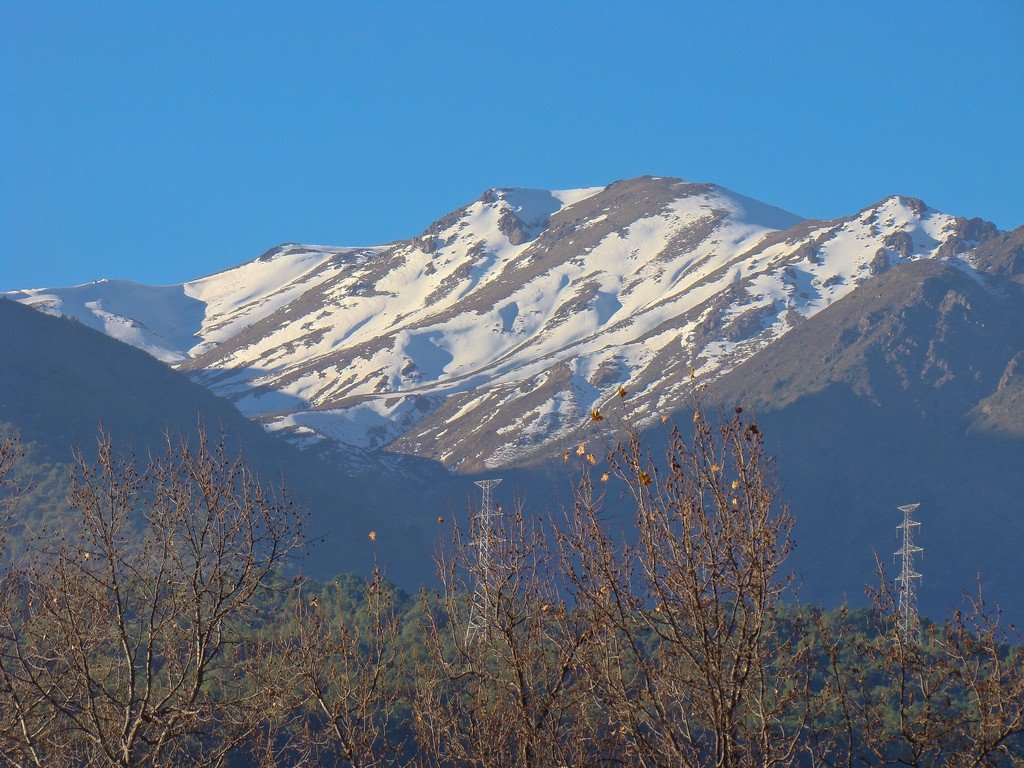
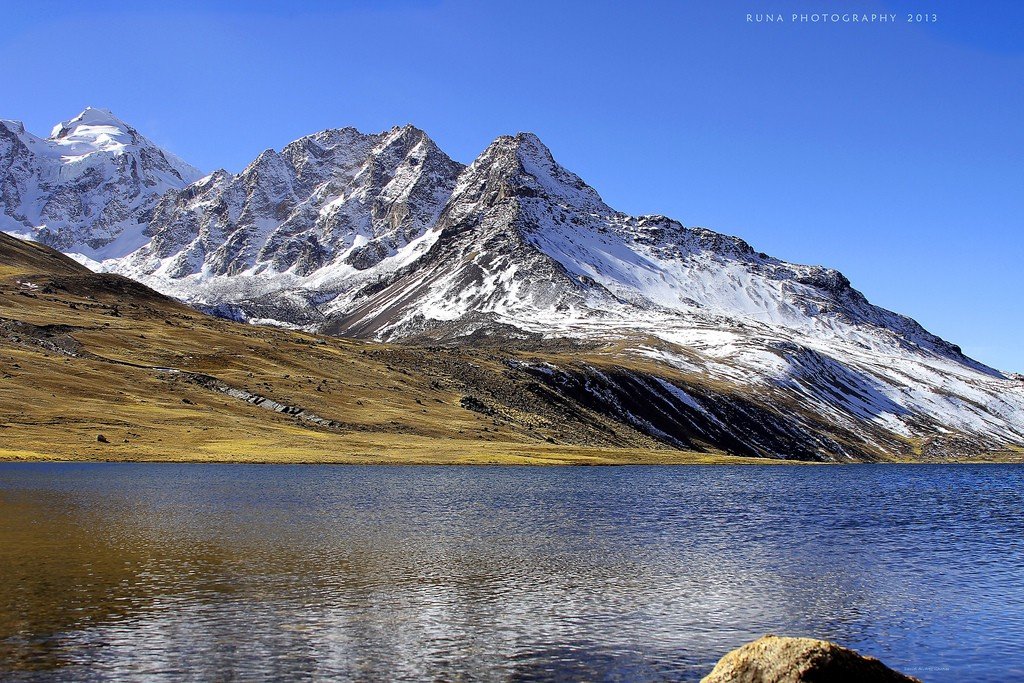
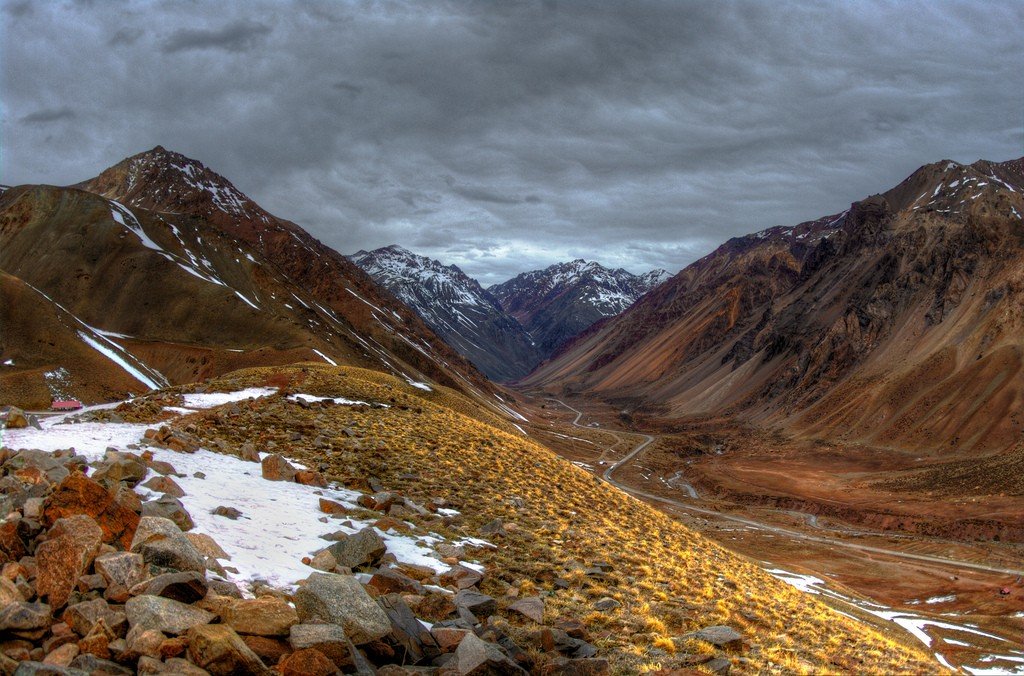
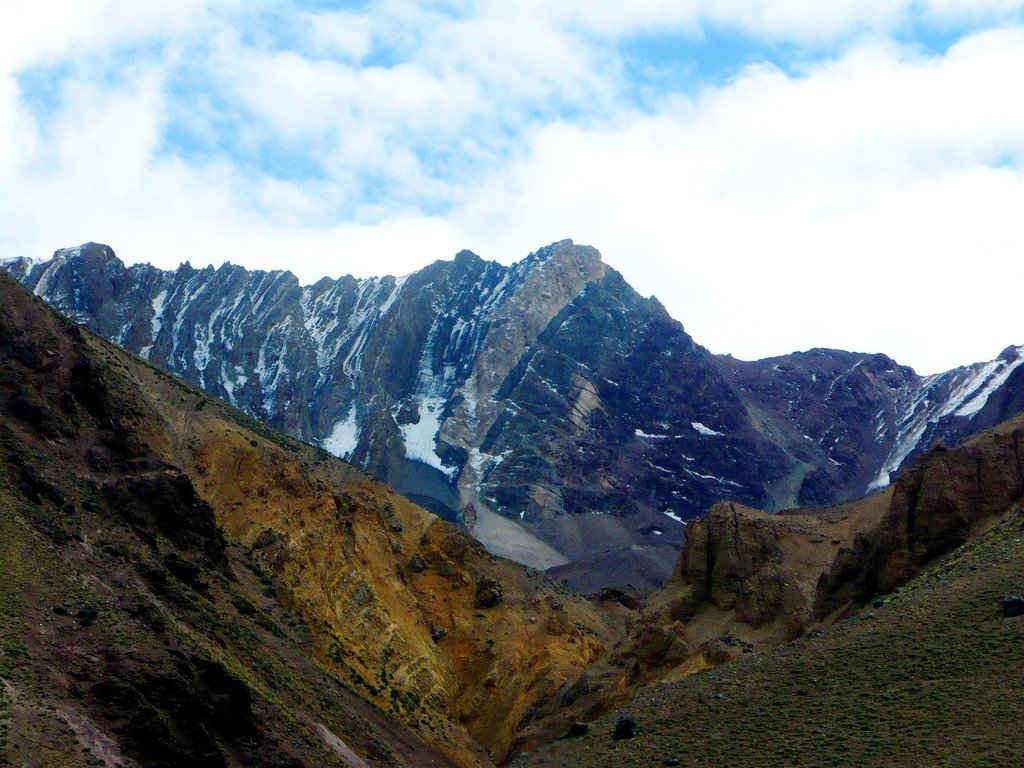
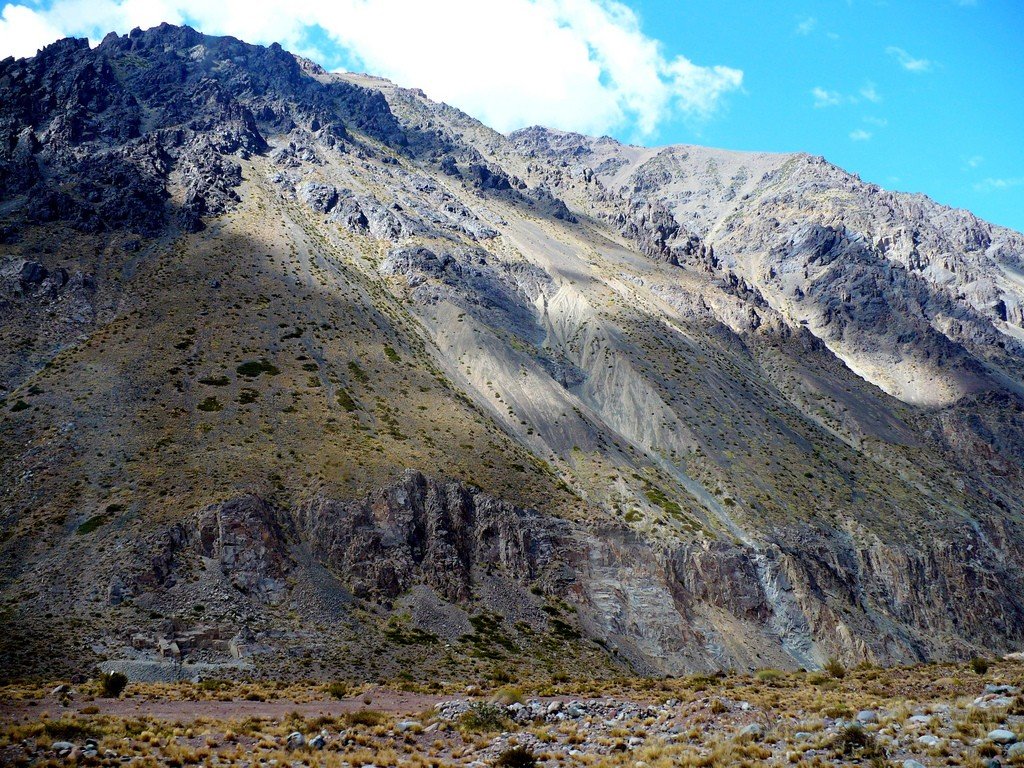
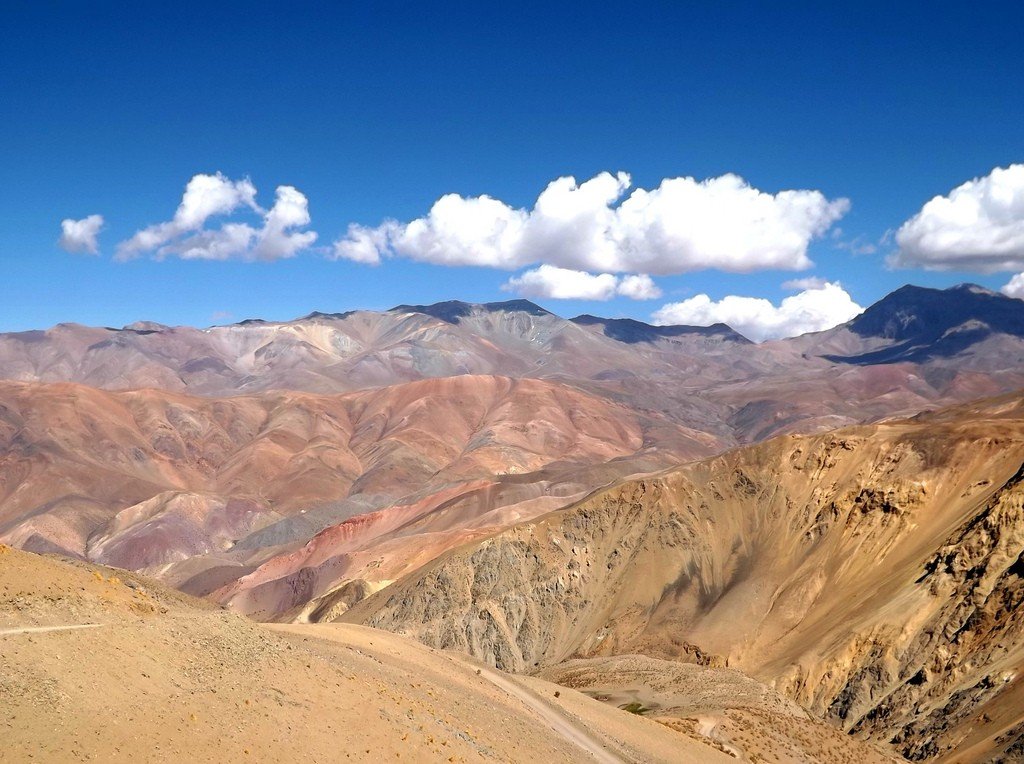
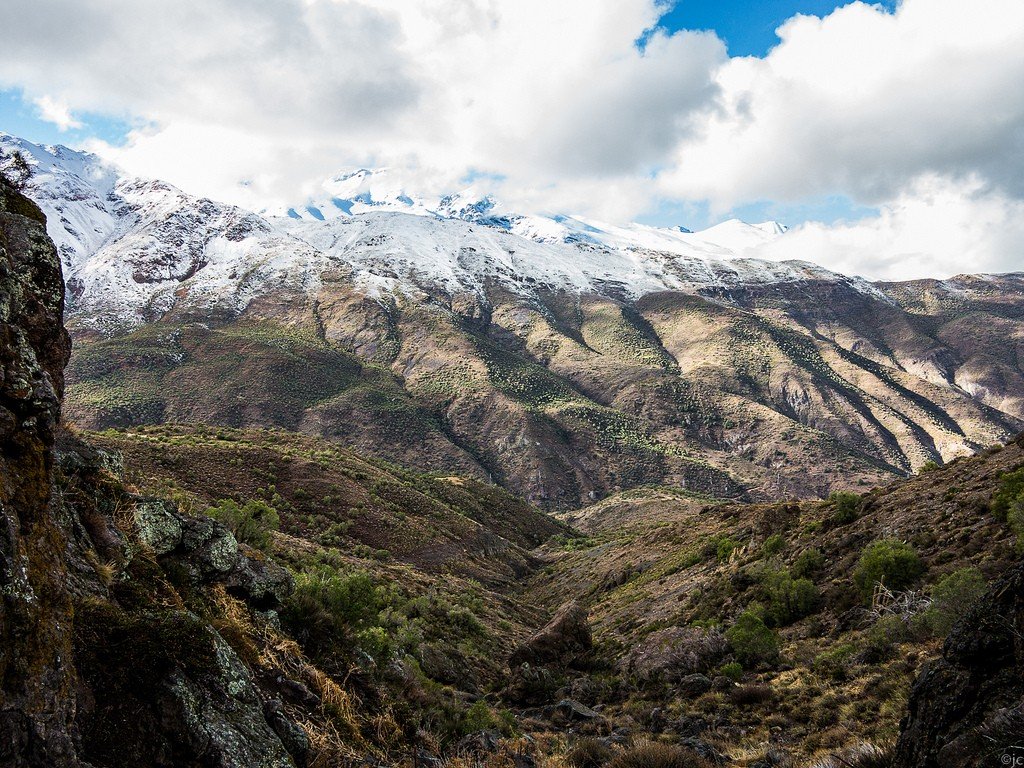
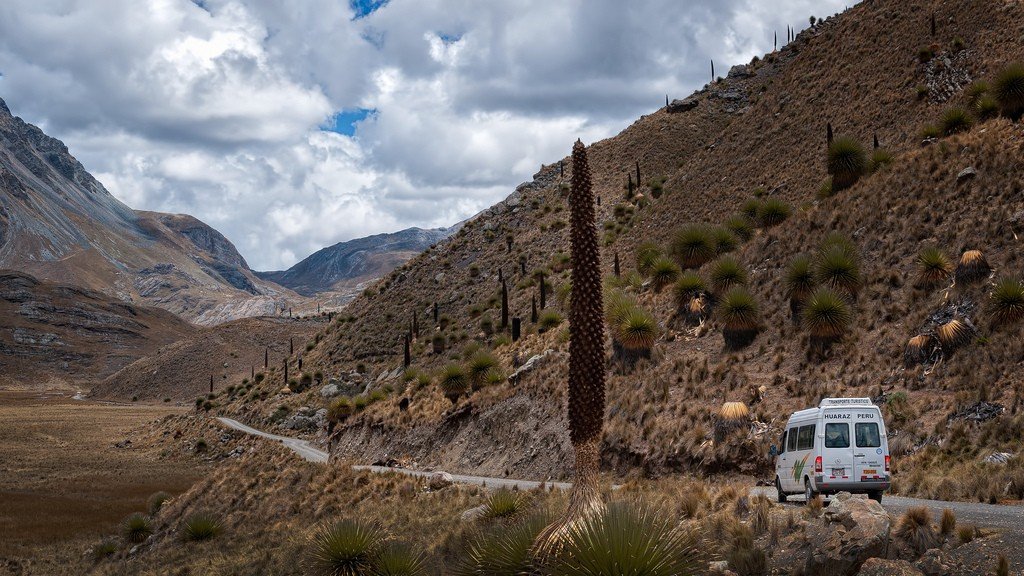
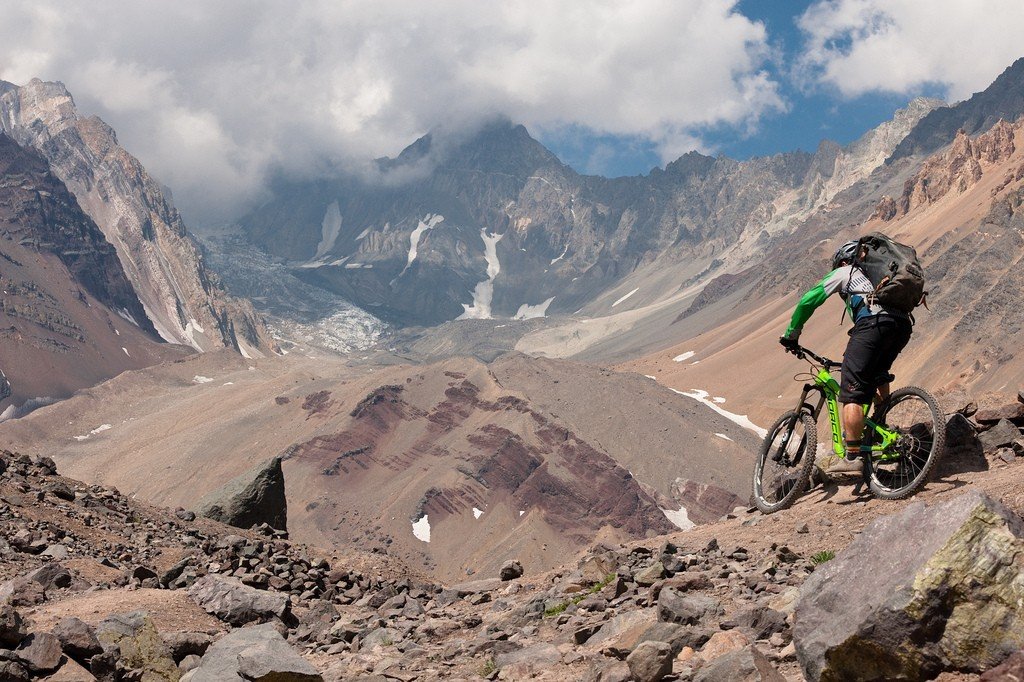
Highlights
The Andes are a major interoceanic watershed. The rivers of the Atlantic Ocean basin flow east of the Andes. The Amazon itself and many of its major tributaries, as well as tributaries of the Orinoco, Paraguay, Parana, Magdalena River, and the rivers of Patagonia, originate in the Andes. To the west of the Andes flow mostly short rivers belonging to the Pacific Ocean basin.
.
The Andes also serve as the most important climatic barrier in South America, isolating areas west of the Main Cordillera from the influence of the Atlantic Ocean, east of it from the influence of the Pacific Ocean.
The mountains lie in 5 climatic belts:
.- equatorial,
- subequatorial,
- tropical,
- subtropical, .
- temperate.
They are characterized by sharp contrasts in the moisture content of the eastern (leeward) and western (windward) slopes.
.Due to the considerable length of the Andes, their separate landscape parts differ from each other. In terms of relief and other natural differences, three main regions are usually distinguished – the Northern, Central and Southern Andes.
The Andes stretch across the territories of 7 South American states:
- Venezuela,
- Colombia,
- Ecuador,
- Peru, .
- Bolivia, .
- Chile, .
- Argentina.
Vegetation and soils
The land cover of the Andes is very diverse. This is due to the high altitudes of the mountains, the significant difference in moisture content between the western and eastern slopes. The altitudinal belt in the Andes is clearly expressed. Three altitude belts are distinguished – tierra caliente, tierra fria and tierra elada.
.The Andes of Venezuela are home to deciduous forests and shrubs on mountainous red soils.
The lower parts of the windward slopes from the Northwestern Andes to the Central Andes are covered with mountain humid equatorial and tropical forests on lateritic soils (mountain gilea), as well as mixed forests of evergreen and deciduous species. The external appearance of equatorial forests differs little from the external appearance of these forests in the flat part of the continent; characterized by a variety of palms, ficus, banana, cocoa tree, etc., are the most common.
Above (up to heights of 2500-3000 m) the character of vegetation changes; typical are bamboos, tree ferns, coca bush (which is a source of cocaine), cinquefoil.Between 3000 m and 3800 m – high-mountain gilea with stunted trees and shrubs; epiphytes and lianas are common; bamboos, tree ferns, evergreen oaks, myrtles, heath are typical.
.Higher up, there is predominantly xerophytic vegetation, paramos, with numerous compound flowers; mossy bogs on flat areas and lifeless stony spaces on steep slopes.
.Above 4500 m is a belt of eternal snow and ice.
.To the south, in the subtropical Chilean Andes – evergreen shrubs on brown soils.
.In the Longitudinal Valley, soils resembling chernozems.
.Vegetation of the high plateaus: in the north – mountain equatorial meadows of paramos, in the Peruvian Andes and east of Puna – dry highland-tropical steppes of halka, in the west of Puna and the entire Pacific West between 5-28°S – desert vegetation types (in the Atacama Desert – succulent vegetation and cacti). Many surfaces are saline, preventing vegetation from developing; such areas are mostly covered with wormwood and ephedra.
.
Above 3000 m (up to about 4500 m) there is semi-desert vegetation called dry puna; dwarf shrubs (toloi), grasses (wormwood, reedgrass), lichens, cacti grow.
.To the east of the Main Cordillera, where there is more precipitation, there is steppe vegetation (puna) with numerous grasses (tipchak, sagebrush, reedgrass) and cushion shrubs.
.On the humid slopes of the Eastern Cordillera, tropical forests (palms, hinus) rise up to 1500 m, low evergreen forests dominated by bamboo, ferns, lianas reach up to 3000 m; at higher altitudes – high-mountain steppes.
.A typical inhabitant of the Andean highlands is Polylepis, a plant of the rosaceous family, distributed in Colombia, Bolivia, Peru, Ecuador and Chile; these trees are found at an altitude of 4500 m.
.In the middle part of Chile, forests have been largely eliminated; once forests rose up the Main Cordillera to altitudes of 2500-3000 m (above that there were mountain meadows with alpine grasses and shrubs, as well as rare peat bogs), but now the mountainsides are almost bare. Nowadays, forests are found only in the form of isolated groves (pines, araucaria, eucalyptus, beeches and plane trees, in the undergrowth there are drosera and geraniums).
.On the slopes of the Patagonian Andes south of 38°S. – subarctic tiered forests of tall trees and shrubs, mostly evergreen, on brown forest (southward podzolized) soils; the forests are rich in mosses, lichens, and lianas; south of 42°S. – mixed forests (there is an array of araucaria forests near 42°S). Beeches, magnolias, tree ferns, tall-stemmed conifers, and bamboos grow. On the eastern slopes of the Patagonian Andes there are mainly beech forests. In the extreme south of the Patagonian Andes, there is tundra vegetation.
In the extreme southern part of the Andes, on Tierra del Fuego, forests (of deciduous and evergreen trees – such as southern beech and canelo) occupy only a narrow coastal strip in the west; above the forest boundary, the snow belt begins almost immediately. Subantarctic mountain meadows and peatlands are common to the east and in places to the west.
.
The Andes are the birthplace of the cinquefoil, coca, tobacco, potatoes, tomatoes, and other valuable plants.
.Animal life
The fauna of the northern Andes is part of the Brazilian Zoogeographic Region and is similar to the fauna of the adjacent plains.
.The fauna of the Andes south of 5°S latitude belongs to the Chilean-Patagonian sub-area. The fauna of the Andes is generally characterized by an abundance of endemic genera and species.
The Andean fauna is characterized by an abundance of endemic genera and species.
The Andes are home to llamas and alpacas (representatives of these two species are used by the local population for wool and meat and as pack animals), chain-tailed monkeys, the relict spectacled bear, pudu and gaemal deer (endemic to the Andes), vicuña, guanaco, azar fox, sloths, chinchillas, marsupial possums, anteaters, and degus rodents.
In the south, there are blue-tailed monkeys, blue-tailed monkeys, the relict spectacled bear, pudu and gaemal deer (endemic to the Andes), vicuña, guanaco, azar fox, sloths, chinchillas, marsupial possums, anteaters, and degus rodents.In the south – blue fox, Magellanic dog, endemic rodent tuko-tuko, etc.
. There are many birds, among them hummingbirds, also found at altitudes above 4,000 m, but especially numerous and diverse in the “fog forests” (humid rainforests of Colombia, Ecuador, Peru, Bolivia, and the extreme northwest of Argentina, located in the fog condensation belt); the endemic condor, which rises to altitudes of up to 7,000 m; and others. Some species (such as chinchillas, which were intensively exterminated for their pelts in the 19th and early 20th centuries; wingless chomgas and the Titicaca whistler, found only in Lake Titicaca; etc.) are threatened with extinction..
A special feature of the Andes is the great species diversity of amphibians (over 900 species). Also in the Andes there are about 600 species of mammals (13% endemic), over 1,700 species of birds (of which 33.6% endemic) and about 400 species of freshwater fish (34.5% endemic).
.Ecology
One of the Andes’ major environmental problems is the clearing of forests that are no longer regenerating; Colombia’s rainforests have been particularly hard hit and are being intensively reduced to plantations of cinquefoil, coffee trees, and rubber trees.
>With developed agriculture, Andean countries face problems of soil degradation, chemical pollution, erosion, and desertification due to overgrazing (especially in Argentina).
.Environmental problems of coastal zones include pollution of seawater near ports and major cities (caused not least by sewage and industrial waste released into the ocean), uncontrolled fishing in large quantities.
.As in the rest of the world, greenhouse gas emissions (mainly from electricity generation and iron and steel industries) are an acute problem in the Andes. Refineries, oil wells and mines also contribute significantly to environmental pollution (their activities lead to soil erosion, groundwater pollution; the activities of mines in Patagonia have had a detrimental effect on the biota of the area).
Due to a number of environmental problems, many species of animals and plants in the Andes are threatened with extinction.
.Attractions
- Lake Titicaca;
- Lauca National Park;
- Chiloé National Park; in Cape Horn National Park;
- Santa Fe de Bogotá: 16th- and 18th-century Catholic churches, National Museum of Colombia;
- Quito: cathedral, Museum of Musical Instruments, Museo Del Banco -Central; .
- Cuzco: Cuzco Cathedral, La Campa nya Church, Haitun Rumiyoc Street (remains of Inca buildings);
- Lima: archaeological sites of Huaca Huallamarca and Huaca Pucllana, the Archbishop’s Palace, the Church and Monastery of San Francisco;
- Archaeological complexes: Machu Picchu, Pachacamac, ruins of the city of Caral, Sacsayhuaman, Tambomachay, Pucapucara, Quenco, Pisac, Ollantaytambo, Moray, ruins of Piquillacta.
Interesting facts
- Bolivia’s capital city of La Paz is the highest altitude capital in the world. It is located at 3,600 meters above sea level.
- 200 km north of Lima, Peru, are the ruins of the city of Caral – temples, amphitheaters, houses and pyramids. It is believed that Caral belonged to the oldest civilization of the Americas and was built about 4000-4500 years ago. Archaeological excavations have shown that the city conducted trade with vast areas of the continent of South America. What is particularly interesting is that archaeologists have found no evidence of military conflicts for about a thousand years in Caral’s history.
- One of the most enigmatic historical monuments in the world is the monumental archaeological complex of Sacsayhuaman, located northwest of Cusco, at an altitude of about 3,700 meters above sea level. The eponymous fortress of this complex is attributed to the Inca civilization. However, so far it has not been possible to establish how the stones of these walls, weighing up to 200 tons and nailed to each other with jewel-like precision, were processed. Also, the ancient system of underground passages has not yet been fully explored.
- Archaeological complex Moray, located 74 kilometers from Cusco at an altitude of 3500 meters, is still admired not only by archaeologists. Here huge terraces, descending, form a kind of amphitheater. Studies have shown that this structure was used by Incas as an agricultural laboratory, as the different heights of the terraces allowed to observe plants in different climatic conditions and experiment with them. Different soils and a complex irrigation system were used here, and the Incas grew a total of 250 plant species.
Inca Empire
The Inca Empire in the Andes is one of the most mysterious vanished states. The tragic fate of a highly developed civilization, which appeared in far from the most favorable natural conditions and died at the hands of illiterate aliens, still worries mankind.
.
The era of great geographical discoveries (XV-XVII centuries) gave European adventurers the opportunity to get rich quickly and fabulously in new lands. Most often cruel and unscrupulous, the conquistadors did not go to the Americas for scientific discovery and cultural exchange between civilizations.
.
The fact that the papacy recognized Indians as spiritualized beings in 1537 did not change anything in the conquistadors’ methods – they were not interested in theological disputes. By the time of the “humane” papal decision, the conquistador Francisco Pizarro had already managed to execute the Inca emperor Atahualpa (1533), defeat the Inca army and capture the capital of the empire, the city of Cuzco (1536).
.
There is a version that at first the Indians mistook the Spaniards for gods. And it is quite possible that the main reason for this misconception was not the white skin of the aliens, not that they sat on horseback on unseen animals, and not even that they possessed firearms. The Incas were struck by the incredible cruelty of the conquistadors.
At the first meeting of Pizarro and Atahualpa ambushed the Spaniards killed thousands of Indians and took the emperor prisoner, not at all expecting anything like this. After all, the Indians, whom the Spaniards condemned for human sacrifice, believed that human life – the highest gift, and that is why human sacrifice to the gods was the highest form of worship. But to just wipe out thousands of people who had not come for war at all?
.That the Incas could have put up serious resistance to the Spaniards is not in doubt. After the murder of the captive Atahualpa, for whom the Indians paid a monstrous ransom – almost 6 tons of gold, the conquistadors began to plunder the country, mercilessly melted to bullion works of Inca jewelry. But Atahualpa’s brother Manco, appointed by them as the new emperor, instead of collecting gold for the invaders, fled and led the fight against the Spaniards. The last emperor, Tupac Amaru, was not executed by the viceroy of Peru, Francisco de Toledo, until 1572, and even after that the leaders of the new rebellions were called by his name.
.
Not much has survived of the Inca civilization – after the deaths of hundreds of thousands of Indians, both at the hands of the Spanish and from working in the mines, famine, European epidemics, there was no one to maintain the irrigation systems, the highland roads, the beautiful buildings. Much was destroyed by the Spaniards to get building material.
A country whose inhabitants were used to being supplied from public warehouses, where there were no beggars or vagrants, became a human disaster zone for many years after the arrival of the conquistadors.
.Different theories place the age of the Andes mountain system from 18 million years to several hundred million years. But, more importantly for the people living in the Andes, the process of forming these mountains is still ongoing.
.
Earthquakes, volcanic eruptions, and glacier collapses in the Andes have not stopped. In 1835, Charles Darwin observed the eruption of the Osorno volcano from the island of Chiloé. The earthquake described by Darwin destroyed the towns of Concepción and Talcahuano and claimed numerous victims. Such events are not uncommon in the Andes.
.
For example, in 1970, a glacier in Peru literally in seconds buried under itself the city of Yungay with almost all the inhabitants, killing about 20,000 people. In 2010, an earthquake in Chile claimed several hundred lives, left millions of people homeless and caused enormous material damage. In general, serious disasters occur in the Andes with a frightening cyclicality – once every 10-15 years.
.